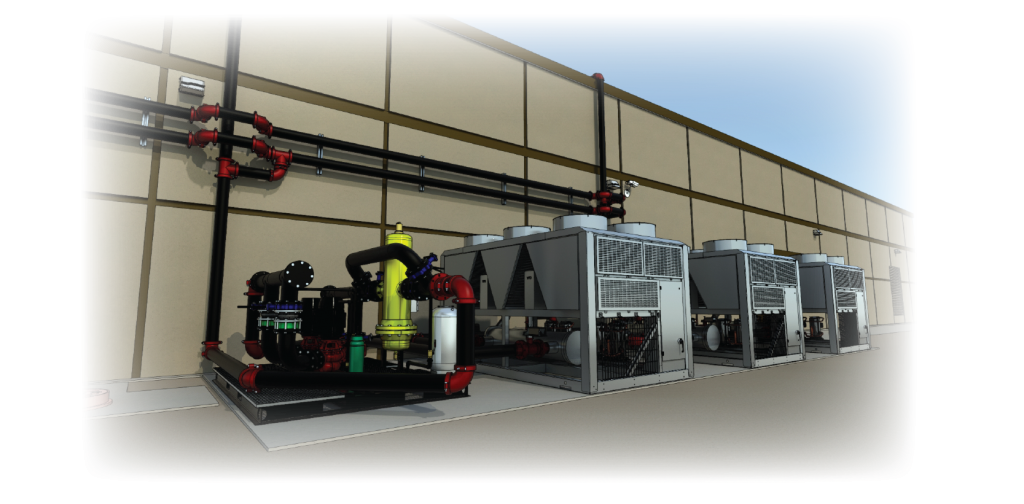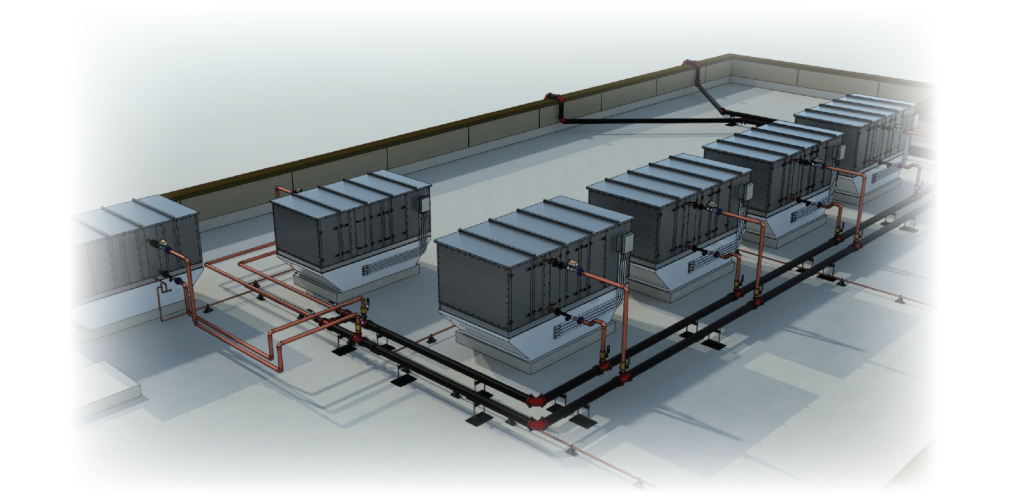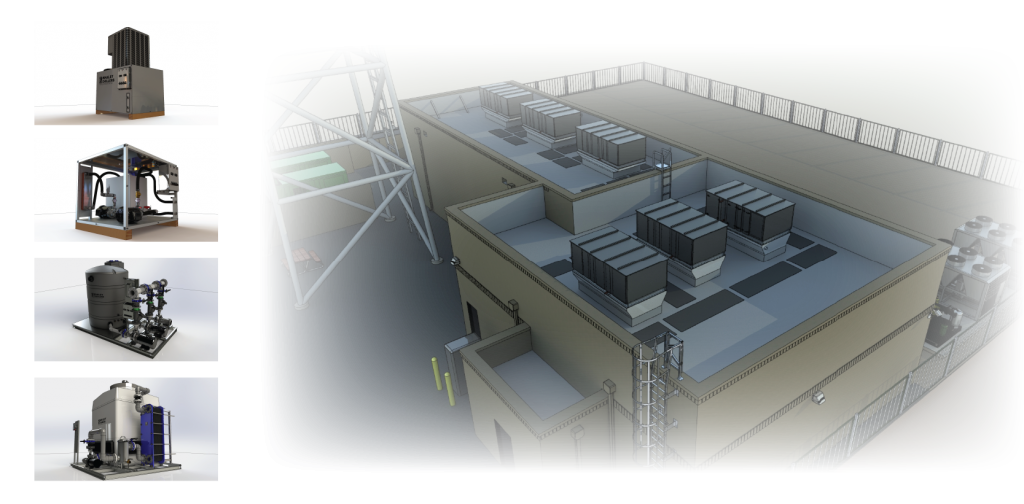Whaley’s Engineer & Design Packages Introduction
We appreciate your interest in Whaley’s Engineer & Design packages. This will ultimately help you
streamline your projects. These options will give your team the ability to visualize your operation
before construction. We like to put our creatives as well as our engineers in the same office.
This ensures visually stunning 3D models and sound engineering. We have 4 different options that will fit into any company’s budget. Look over the options and let us know how we can help you begin you project.
Design Package #1 (1 to 4 hours)
We like all new Whaley Products customers to get this package to help organize their project.
This package gives a good representation of location of units, floor planning, and renders for presentation purposes.
• Basic “Shell Model” of building (would need dimensioned drawings)
• Basic modeling of equipment (simple shapes/extrusions)
• Location of equipment
• Basic Rendering
Design package #2 (5 to 9 hours)
This package includes detailed models. We will also layout supply/return piping and loops.
Drawings are also included with this package that gives a good diagram of pipe organization.
• Basic “Shell Model” of building (would need dimensioned drawings)
• Basic modeling of equipment (simple shapes/extrusions)
• Location of Whaley equipment/Customer equipment
• Interconnecting plumbing between all equipment
• Labeling / Flow Direction
• Basic Renderings
Design Package #3 (15+ hours)
This package includes all the above packages as well as high resolution renders. These renders can be used in marketing campaigns. This package also includes full outside and inside renders.
• Detailed model of building and landscape (Interior, Exterior, or both) (would need dimensioned drawings)
• Detailed models of Whaley Equipment/Customer Equipment
• Detailed Interconnecting plumbing between all equipment
• Labeling / Flow Direction
• High Definition Renderings
• Thumb drive provided with all renderings for presentation
Design Package #4 (20 + hours)
This package will include video flyovers for presentation, Follow this link for full example McDowell Fly Over Video.
• Detailed model of building and landscape (Interior, Exterior, or both) (would need dimensioned drawings)
• Detailed models of Whaley Equipment/Customer Equipment
• Detailed Interconnecting plumbing between all equipment
• Labeling / Flow Direction
• High Definition Renderings
• 1-2 minute video flyover of building and all equipment. Customized with customer logo, intro, and exit.
• Thumb drive provided with all renderings for presentation
We appreciate the opportunity you are giving us to take this to the next level.
Once we have an initial phone meeting to discuss project details we will quote
time and turnaround on drawings. We would like to set up a phone meeting to discuss your options and
answer any questions you may have.
Please visit our website at www.WhaleyProducts.com or call us at 940.569.4116














